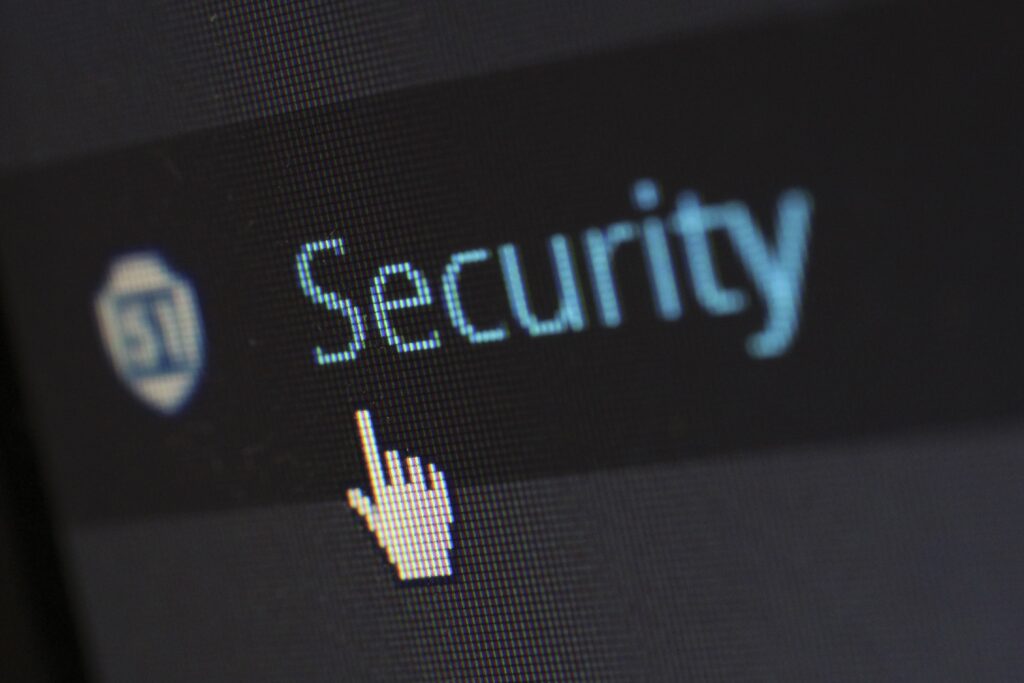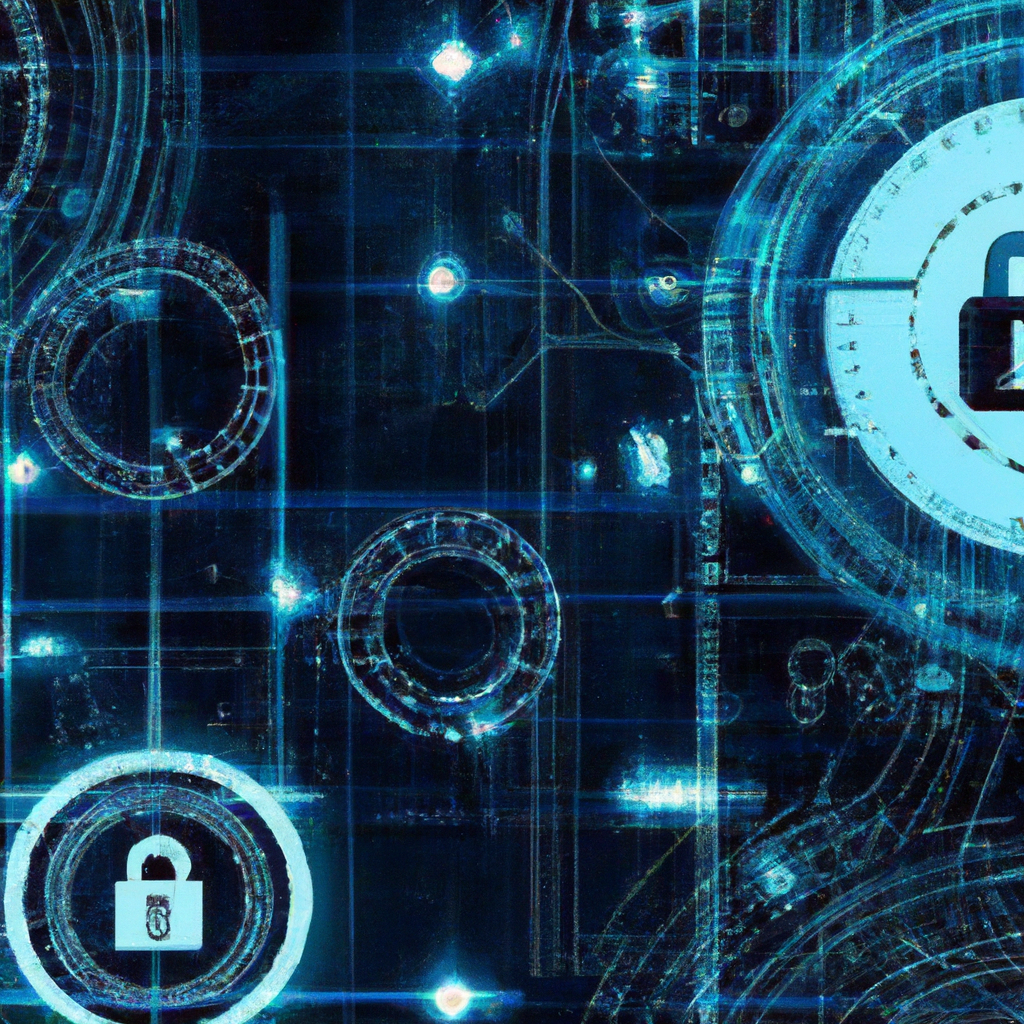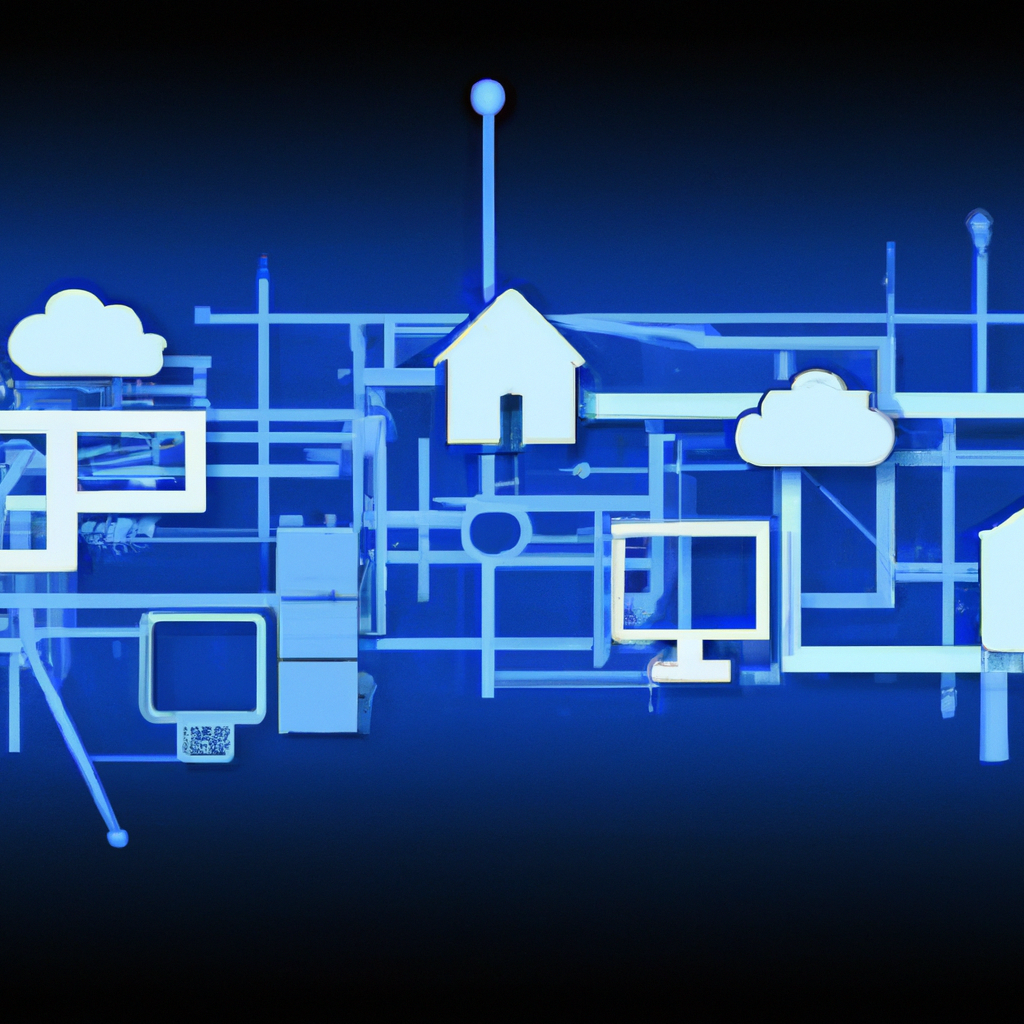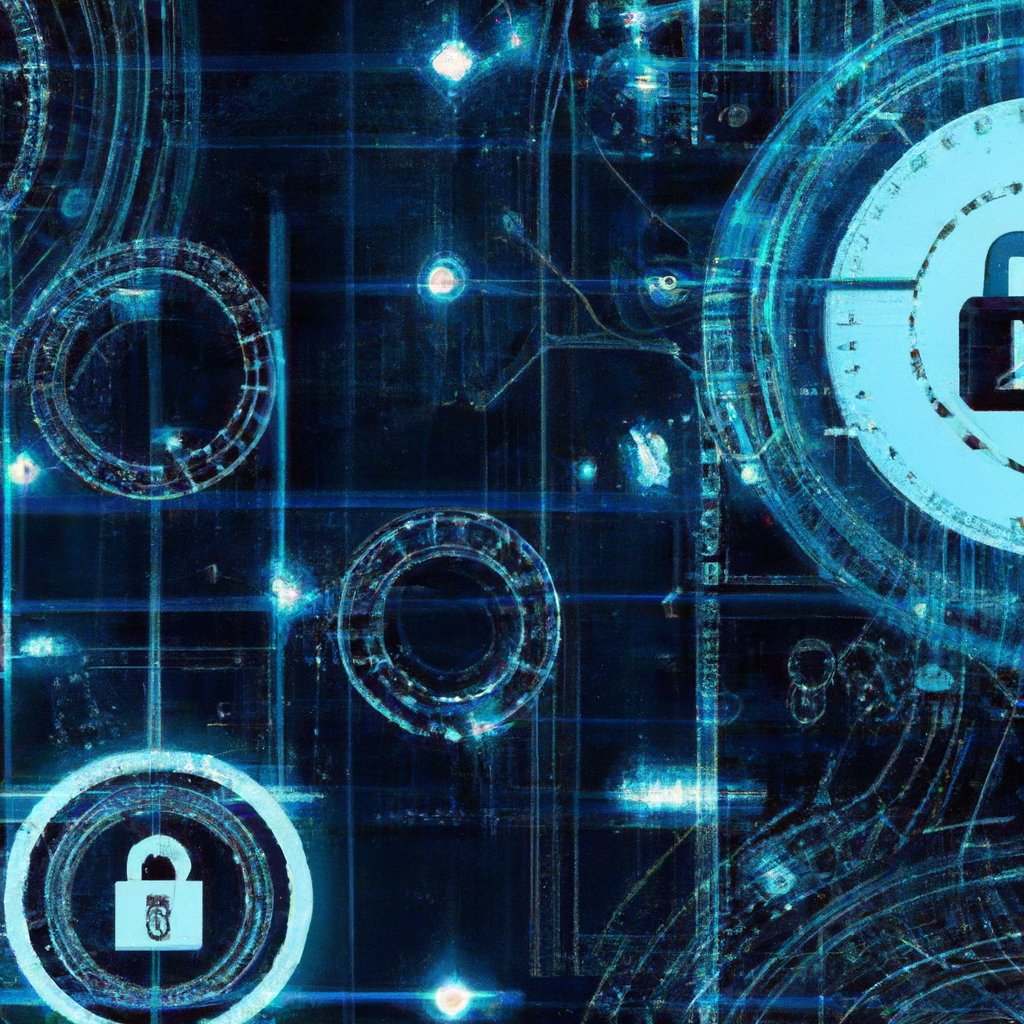If you’ve ever wondered about the security of your smart home, you’re not alone. In an increasingly connected world, it’s natural to question whether all the convenience and efficiency comes at the cost of vulnerability. Can your smart home be hacked? In this article, we’ll explore the potential risks and provide you with practical tips to keep your home and devices secure.

Overview of Smart Homes
Definition of a smart home
A smart home refers to a residence that incorporates advanced technology to automate various aspects of daily life. It utilizes internet-connected devices to enhance convenience, efficiency, and security within the household. These devices, also known as Internet of Things (IoT) devices, are interconnected and can communicate with each other, gather data, and perform tasks based on user commands or pre-programmed instructions.
Features and benefits of smart homes
Smart homes offer a plethora of features and benefits that enhance the quality of life for homeowners. They provide convenience by allowing remote control and management of various systems and devices within the house. For example, using a smartphone or voice commands, you can adjust the temperature, control lighting, manage security systems, and even operate household appliances without being physically present.
Additionally, smart homes can increase energy efficiency and save costs by optimizing energy usage. Connected thermostats can learn your preferences and adjust the temperature accordingly, reducing energy waste. Smart appliances can also monitor usage patterns and recommend energy-saving strategies.
Furthermore, smart homes offer enhanced security features such as surveillance cameras, smart locks, and alarm systems. These enable homeowners to monitor and protect their property remotely, adding an extra layer of safety and peace of mind.
Potential Risks of Smart Homes
Vulnerability to hacking
While smart homes provide numerous benefits, they also pose certain risks, with the primary concern being the vulnerability to hacking. As these devices are interconnected and rely on internet connectivity to function, they become potential targets for attackers seeking access to personal data or control over smart home systems. Resolving vulnerabilities and implementing robust security measures is crucial to safeguard against hacking incidents.
Privacy concerns
Smart homes gather vast amounts of personal data, such as daily routines, preferences, and even audiovisual recordings. Privacy concerns arise when users are unaware of how their data is collected, stored, and potentially shared with third parties. Unauthorized access to private information through smart devices can compromise personal privacy and leave individuals vulnerable to identity theft or intrusive surveillance.
Physical security risks
Smart homes, with their interconnectedness and reliance on digital systems, are also susceptible to physical security risks. Attackers who gain unauthorized access to a smart home system could potentially manipulate or disable security features, granting them easy access to the premises, compromising the safety of occupants and their belongings.
How Smart Homes Can Be Hacked
Weak passwords
One common way in which smart homes can be hacked is through weak or easily guessable passwords. Many users underestimate the importance of strong passwords and often use default or simple combinations, making it easier for hackers to gain access to smart home devices and systems.
Outdated software
Outdated software on smart home devices can pose a significant security risk. Manufacturers regularly release software updates to address vulnerabilities and improve security. Failing to update the software on smart devices leaves them more susceptible to hacking attempts, as attackers exploit known weaknesses.
Insecure Wi-Fi networks
An insecure Wi-Fi network can be a gateway for hackers to gain access to smart home systems. Weak or default router passwords, lack of encryption, and unsecured networks can all make it easier for attackers to intercept data transmissions and gain unauthorized access to smart devices.
Unsecured devices
Smart devices that are not properly secured can become the weakest link in a smart home system’s security. Devices with default or weak passwords, unpatched vulnerabilities, or lacking security features can be easily compromised, potentially granting access to the entire smart home network.
Phishing attacks
Phishing attacks targeting smart home users have become increasingly common. Attackers may send deceptive emails or messages pretending to be from legitimate sources, tricking users into divulging their login credentials or installing malicious software. Once hackers obtain this information, they can gain unauthorized control over smart home devices.
Social engineering
Social engineering involves manipulating individuals into divulging sensitive information or granting access to their smart home systems. Attackers may impersonate trusted entities, such as technical support personnel or service providers, to deceive users and gain access to their smart home devices or personal data.
Examples of Smart Home Hacks
Invasion of privacy through compromised cameras
One alarming example of smart home hacks is when attackers gain unauthorized access to home security cameras. By infiltrating the system, they can remotely view and monitor private areas of a house, violating the occupants’ privacy and potentially capturing compromising footage.
Manipulation of smart locks
Hackers can also exploit vulnerabilities in smart lock systems to gain unauthorized entry to a residence. By bypassing or manipulating the lock’s security features, they can easily bypass traditional physical barriers, putting the safety and security of homeowners at risk.
Control of smart appliances
Smart appliances connected to a home network can also be targeted by hackers. By gaining control over these devices, attackers can disrupt their functionality or misuse them for malicious purposes. For example, an attacker could remotely control the temperature of a smart oven, potentially causing a fire hazard or wasting energy.

Protecting Your Smart Home
Securing your Wi-Fi network
One crucial step in protecting your smart home is to secure your Wi-Fi network. Ensure your router uses a strong password, preferably a combination of numbers, letters, and special characters. Additionally, enable encryption, such as Wi-Fi Protected Access (WPA2), to encrypt data transmitted between devices and your router.
Using strong and unique passwords
To prevent unauthorized access to your smart home devices and accounts, use strong and unique passwords. Avoid using easily guessable information such as birthdays or common words. Instead, opt for a combination of uppercase and lowercase letters, numbers, and special characters.
Keeping software and devices up to date
Regularly updating the software on your smart home devices and systems is essential for maintaining security. Stay informed about firmware updates released by manufacturers and promptly install them to address any known vulnerabilities and enhance the security features of your devices.
Implementing two-factor authentication
Two-factor authentication adds an extra layer of security to your smart home devices and accounts. By requiring a secondary verification step, such as a unique code sent to your mobile device, it significantly reduces the risk of unauthorized access, even if your password is compromised.
Disabling unnecessary features
Review the features and settings of your smart home devices and disable any unnecessary functionalities. This reduces the potential attack surface for hackers and minimizes the risk of security breaches through unused or underutilized features.
Regularly monitoring for suspicious activity
Keep a vigilant eye on your smart home devices and systems by monitoring for any signs of suspicious activity. Unusual device behavior, unexpected software changes, or unauthorized access attempts should be promptly investigated to identify potential security threats.
Importance of Vendor Responsibility
Ensuring security and privacy features in products
Manufacturers play a significant role in ensuring the security and privacy of smart home products. It is crucial for vendors to prioritize secure design practices, conduct regular security assessments, and implement robust security measures in their devices to protect users’ personal information and safeguard against potential cyber threats.
Providing regular software updates
Vendors should also provide regular software updates to address vulnerabilities and improve the security features of their smart home devices. Timely updates ensure that users have access to the latest security patches and protection against emerging threats.
Educating users about potential risks and protective measures
It is equally important for vendors to educate users about the potential risks associated with smart home technology and the protective measures they can take. This includes providing clear instructions on setting strong passwords, updating software regularly, and recognizing phishing or social engineering attempts.

Regulations and Standards in Smart Home Security
Government regulations and certifications
To promote the security of smart home technology, governments are increasingly enacting regulations and certifications. These frameworks ensure that vendors adhere to specific security standards, protecting consumers and fostering the development of trusted and secure smart home products.
Industry standards and best practices
Industry organizations and associations play a crucial role in establishing standards and best practices for smart home security. These guidelines help ensure consistency in security measures and encourage collaboration among vendors to address common vulnerabilities and threats.
Security Concerns in Home Automation Systems
Integration of multiple devices and platforms
Home automation systems often involve the integration of multiple devices and platforms from various manufacturers. This can lead to compatibility and security issues, as vulnerabilities in one device or platform may affect the overall security of the system. Thorough security assessments and risk mitigation strategies are essential to ensure a robust and secure home automation environment.
Interoperability challenges
Interoperability challenges can arise when different smart home devices and systems struggle to communicate effectively with each other. Incompatibility issues can create security vulnerabilities, as hackers may exploit weak communication channels or take advantage of interoperability gaps between devices.
Evaluating vulnerability of third-party apps
Smart homes often rely on third-party applications to manage and control connected devices. However, these apps can introduce security risks if they are not adequately vetted or if they require unnecessary permissions. Evaluating the security posture of third-party apps and only installing trusted applications can help mitigate potential risks.

Securing Smart Home Voice Assistants
Voice recognition vulnerabilities
Smart home voice assistants, such as Amazon Echo or Google Home, utilize voice recognition technology to perform various tasks. However, voice recognition vulnerabilities can be exploited by hackers, allowing them to gain unauthorized access or execute malicious commands. Vendors must continually improve voice recognition systems’ security to prevent these potential risks.
Preventing unauthorized access
To enhance the security of smart home voice assistants, it is essential to prevent unauthorized access. This includes regularly updating firmware, setting strong passwords for voice assistant accounts, and enabling two-factor authentication to restrict access to authorized users only.
Disabling unused features
Smart home voice assistants often come with various features that may not be essential for everyday use. Disabling unnecessary features reduces the potential attack surface and limits the potential for unauthorized access through underutilized functionalities.
Future Challenges and Advances
Increased connectivity and complexity
As smart home technology continues to advance, the level of connectivity and complexity will increase. With more devices interconnected and a greater reliance on cloud services, the attack surface for hackers also expands. Future challenges will involve managing the security of intricate networks and ensuring robust security protocols across all connected devices.
Artificial intelligence for threat detection
Artificial intelligence (AI) will play a significant role in enhancing smart home security. AI-powered systems can analyze large amounts of data, detect abnormal patterns, and proactively identify potential security threats. By leveraging AI, smart homes can effectively anticipate and respond to cyber threats, providing enhanced protection for users.
Emerging technology solutions
Emerging technologies, such as blockchain and zero-trust architectures, hold promise for enhancing smart home security. These technologies offer decentralized and secure methods of authentication, data protection, and device management. As their capabilities mature, they can contribute to more resilient and secure smart homes.











